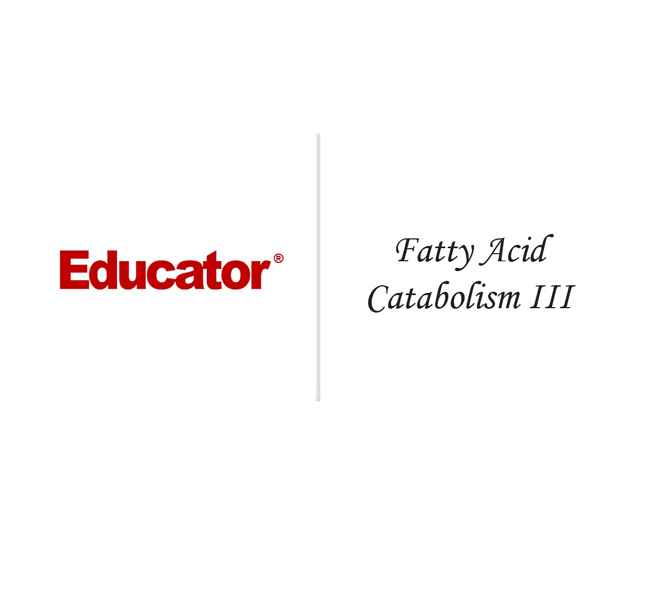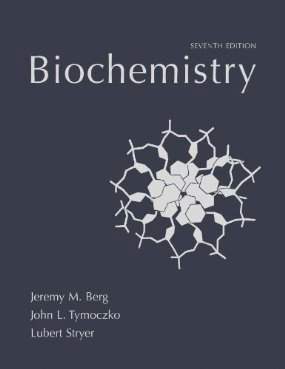Connecting...

This is a quick preview of the lesson. For full access, please Log In or Sign up.
For more information, please see full course syllabus of Biochemistry
For more information, please see full course syllabus of Biochemistry
Biochemistry Fatty Acid Catabolism III
Lecture Description
Because fatty acid catabolism takes place two carbons at a time, odd-numbered carbon chains need a special enzyme to process the final three-carbon fragment. Propionyl-CoA carboxylase along with the coenzyme biotin carboxylates the three-carbon remainder. After several additional reactions, it forms succinyl-CoA, which can enter the citric acid cycle. In addition to beta-oxidation, omega-oxidation and alpha-oxidation of fatty acids can also take place. After being oxidized, acyetyl-CoA can enter the citric acid cycle, or it can be converted to a ketone body, a form of biological fuel. There are three important ketone bodies: acetone, acetoacetate, and D-beta-hydroxybutyrate.
Bookmark & Share
Embed
Share this knowledge with your friends!
Copy & Paste this embed code into your website’s HTML
Please ensure that your website editor is in text mode when you paste the code.(In Wordpress, the mode button is on the top right corner.)
×
Since this lesson is not free, only the preview will appear on your website.
- - Allow users to view the embedded video in full-size.
Next Lecture
Previous Lecture










































 Answer Engine
Answer Engine




1 answer
Fri May 31, 2019 11:44 PM
Post by Swati Sharma on May 25, 2019
Dr Rafii could you explain me the difference between
NAD + to NADH + + H and i am geeting confused sometimes .
NADH + H to NAD +
So like in the above reaction you used the second one, why?
Repectfully
Swati